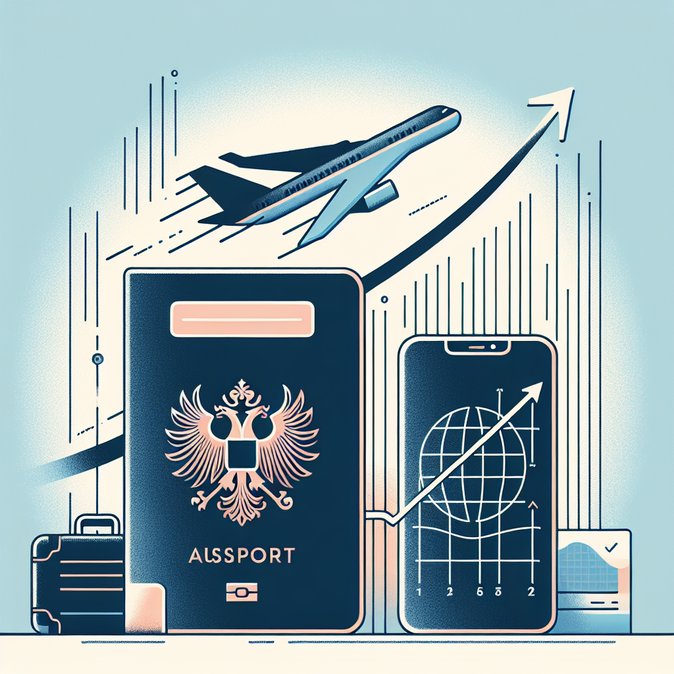
A last-minute announcement from Beijing on 7 November 2025 removed a major planning headache for Austrian companies with operations in China. The Chinese Ministry of Foreign Affairs confirmed that citizens of Austria and 44 other countries will continue to enjoy 30-day visa-free entry for business, tourism and family visits until 31 December 2026. The waiver – first introduced as an experiment in March 2024 – had been set to expire at the end of this year, forcing travel managers to prepare for the return of labor-intensive M-visa paperwork. Friday’s extension now locks in a predictable framework for another full IATA scheduling season.
The decision is already rippling through corporate mobility departments in Vienna, Linz and Graz. Before the waiver, an executive flying to Shanghai or Shenzhen typically waited eight working days for a single-entry visa and paid about €140 in fees, often couriering passports to the consulate in Vienna or the service center in Munich. According to Raiffeisen Research, Austrian business arrivals to China have rebounded to 83 % of their 2019 level; trade associations expect next year to surpass pre-pandemic volumes as a result of the extension.
![China Extends 30-Day Visa-Free Entry for Austrians Through 2026 and Launches Digital Arrival Card]()
In parallel, China will roll out an optional digital arrival card on 20 November 2025. Travellers can pre-submit health and customs declarations via a mobile app, cutting an estimated three to five minutes off each inspection. Vienna Airport-based travel security firm Riskine advises clients to add the app to their standard pre-trip checklist and to remind travellers that the 30-day stay cannot be “reset” by short hops to Hong Kong or Macau – over-stay fines remain RMB 500 per day.
Tourism stakeholders are equally upbeat. The Austrian National Tourist Office plans a €2 million promotion targeting Chinese free-independent travellers (FITs) for the winter 2025-26 ski season in Tyrol and Salzburg. Hoteliers say Chinese guests typically spend 30 % more per night than the average European visitor, making them a prized segment as the industry seeks to diversify beyond the German market.
For global mobility managers, the practical takeaway is clear: update internal visa dashboards, brief travelling staff on the unchanged 30-day limit, and capitalise on smoother entry formalities by scheduling overdue site visits before Chinese New Year crowds build in late January.
The decision is already rippling through corporate mobility departments in Vienna, Linz and Graz. Before the waiver, an executive flying to Shanghai or Shenzhen typically waited eight working days for a single-entry visa and paid about €140 in fees, often couriering passports to the consulate in Vienna or the service center in Munich. According to Raiffeisen Research, Austrian business arrivals to China have rebounded to 83 % of their 2019 level; trade associations expect next year to surpass pre-pandemic volumes as a result of the extension.

In parallel, China will roll out an optional digital arrival card on 20 November 2025. Travellers can pre-submit health and customs declarations via a mobile app, cutting an estimated three to five minutes off each inspection. Vienna Airport-based travel security firm Riskine advises clients to add the app to their standard pre-trip checklist and to remind travellers that the 30-day stay cannot be “reset” by short hops to Hong Kong or Macau – over-stay fines remain RMB 500 per day.
Tourism stakeholders are equally upbeat. The Austrian National Tourist Office plans a €2 million promotion targeting Chinese free-independent travellers (FITs) for the winter 2025-26 ski season in Tyrol and Salzburg. Hoteliers say Chinese guests typically spend 30 % more per night than the average European visitor, making them a prized segment as the industry seeks to diversify beyond the German market.
For global mobility managers, the practical takeaway is clear: update internal visa dashboards, brief travelling staff on the unchanged 30-day limit, and capitalise on smoother entry formalities by scheduling overdue site visits before Chinese New Year crowds build in late January.











